The Role of PDA Handheld Terminals in Supply Chain Optimization
In today’s fast-paced and highly competitive business environment, supply chain efficiency is a critical factor in maintaining profitability and customer satisfaction. One of the key technological advancements that have revolutionized supply chain management is the Personal Digital Assistant (PDA) handheld terminal. These compact yet powerful devices enhance real-time data capture, streamline operations, and improve accuracy across various supply chain processes.
This blog explores how PDA handheld terminals contribute to supply chain optimization, their key benefits, and real-world applications in logistics, warehousing, and inventory management.
What Are PDA Handheld Terminals?
PDA handheld terminals are portable computing devices equipped with barcode scanning, RFID (Radio Frequency Identification), Wi-Fi/Bluetooth connectivity, and robust data processing capabilities. They serve as a bridge between physical operations and digital management systems, allowing workers to capture, process, and transmit data instantly.
Unlike traditional manual methods, PDAs eliminate human errors, reduce paperwork, and accelerate workflows, making them indispensable in modern supply chains.
Key Benefits of PDA Handheld Terminals in Supply Chain Optimization
1. Real-Time Data Capture and Accuracy
Manual data entry is prone to errors, leading to mismatches in inventory records, shipment delays, and financial losses. PDA terminals enable real-time scanning of barcodes and RFID tags, ensuring that inventory levels, order statuses, and shipment details are always up to date.
-
Reduced human errors – Automated scanning minimizes mistakes in order picking, packing, and shipping.
-
Instant updates – Data syncs directly with Warehouse Management Systems (WMS) or Enterprise Resource Planning (ERP) software.
2. Enhanced Inventory Management
Efficient inventory control is crucial for minimizing stockouts and overstocking. PDA terminals allow warehouse staff to:
-
Perform cycle counting without halting operations.
-
Track batch numbers and expiry dates (critical in pharmaceuticals and food industries).
-
Locate items quickly using digital floor maps integrated with the PDA system.
3. Faster Order Processing and Fulfillment
In e-commerce and retail, speed is everything. PDA handhelds optimize order fulfillment by:
-
Guiding pickers through optimized routes (pick-to-light or voice-directed picking).
-
Validating orders before dispatch to prevent shipping errors.
-
Reducing order-to-ship time by up to 50% compared to manual methods.
4. Improved Asset and Fleet Tracking
Beyond inventory, PDAs help track movable assets (pallets, containers, tools) and delivery vehicles via GPS and RFID. This ensures:
-
Better asset utilization and reduced loss.
-
Real-time delivery status updates for customers.
-
Efficient route optimization for logistics fleets.
5. Seamless Integration with ERP and WMS
Modern PDA terminals integrate smoothly with ERP, WMS, and Transportation Management Systems (TMS), providing end-to-end visibility. Managers gain actionable insights into:
-
Stock levels across multiple warehouses.
-
Supplier lead times and procurement cycles.
-
Labor productivity and workflow bottlenecks.
Real-World Applications of PDA Handheld Terminals
1. Warehousing & Distribution Centers
Companies like Amazon, DHL, and FedEx use PDA terminals to:
-
Automate receiving and put-away processes.
-
Enable cross-docking for faster distribution.
-
Support just-in-time (JIT) inventory strategies.
2. Retail & E-Commerce
Retail giants like Walmart and Alibaba rely on PDAs for:
-
Omnichannel fulfillment (in-store pickup, same-day delivery).
-
Price verification and markdown management.
-
Returns processing with instant inventory updates.
3. Manufacturing & Production Lines
In manufacturing, PDAs help with:
-
Work-in-progress (WIP) tracking.
-
Quality control checks via barcode scanning.
-
Maintenance scheduling for machinery.
4. Healthcare & Pharmaceuticals
Hospitals and pharma companies use PDA terminals to:
-
Track medication batches and prevent counterfeit drugs.
-
Manage medical equipment inventory.
-
Ensure compliance with regulatory standards (FDA, HIPAA).
Future Trends: How PDA Handhelds Are Evolving
As technology advances, PDA handheld terminals are becoming even smarter with:
-
AI-powered image recognition for damaged goods detection.
-
5G connectivity for faster cloud-based data processing.
-
Augmented Reality (AR) overlays for guided warehouse navigation.
-
Blockchain integration for secure supply chain transparency.
Conclusion
PDA handheld terminals have become a cornerstone of supply chain optimization, offering unparalleled efficiency, accuracy, and real-time visibility. From warehousing to retail and healthcare, these devices help businesses reduce costs, improve productivity, and enhance customer satisfaction.
As IoT, AI, and 5G continue to evolve, PDA terminals will play an even greater role in shaping the future of smart supply chains. Companies that adopt these technologies today will gain a competitive edge in tomorrow’s logistics landscape.
Are You Ready to Optimize Your Supply Chain with PDA Handheld Terminals?
If your business still relies on manual processes, now is the time to upgrade to a PDA-based system. The return on investment (ROI) in terms of time savings, error reduction, and operational efficiency makes it a no-brainer for modern supply chains.
Would you like recommendations on the best PDA models for your industry? Let us know in the comments!
No comments




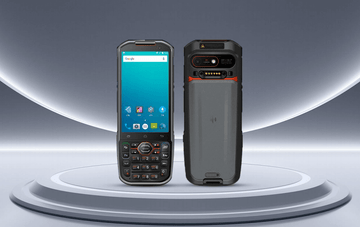


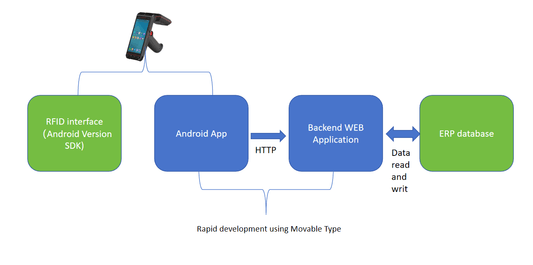
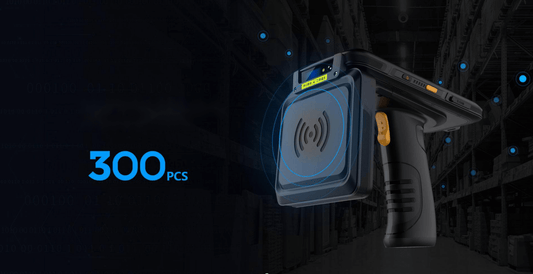

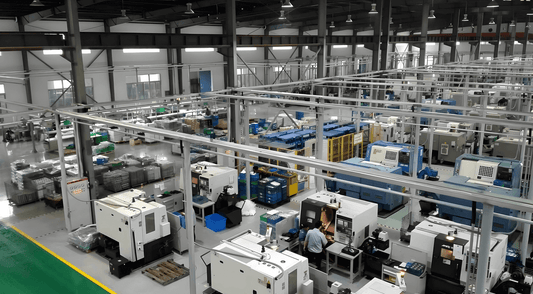
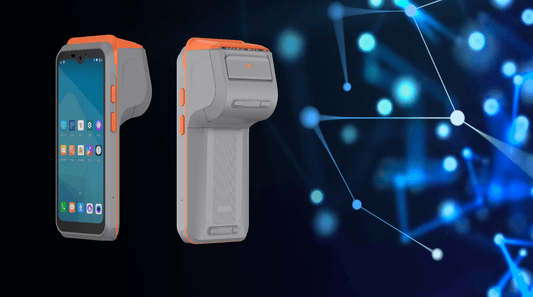
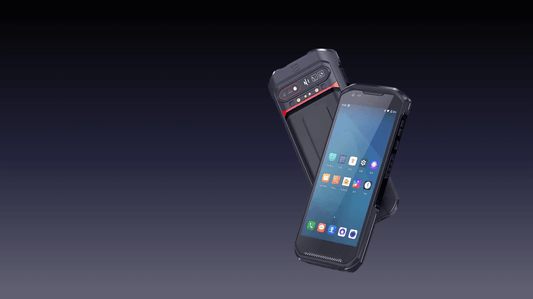
0 comments